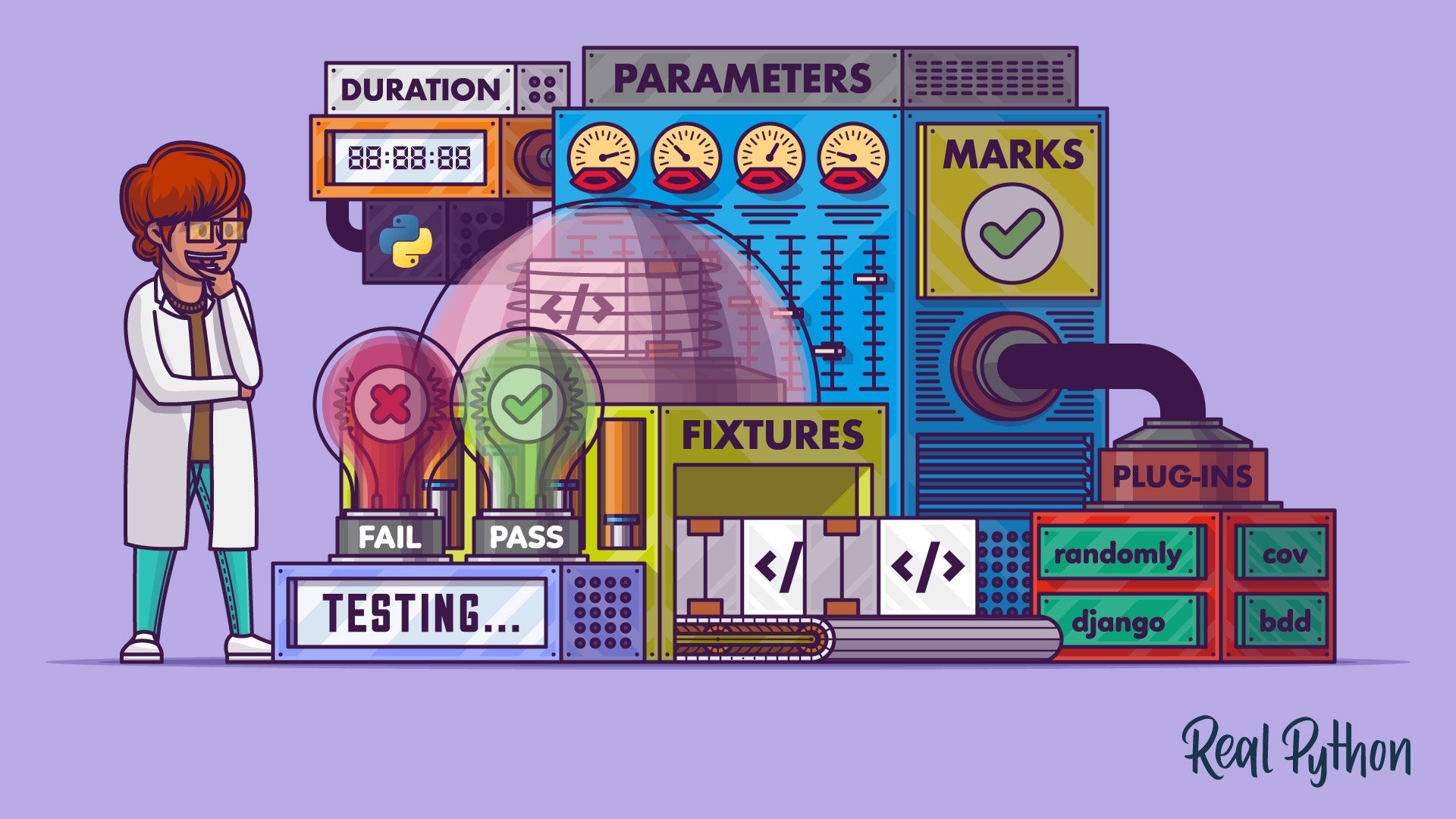
Episode 128: Using a Memory Profiler in Python & What It Can Teach You
The Real Python Podcast
Have you used a memory profiler to gauge the performance of your Python application? Maybe you’re using it to troubleshoot memory issues when loading a large data science project. What could running a profiler show you about a codebase you’re learning? This week on the show, Pablo Galindo Salgado returns to talk about Memray, a powerful tracing memory profiler.
Pablo developed Memray while working at Bloomberg to track memory allocations beyond Python code into native extensions and the interpreter itself. It’s a compelling tool that provides fine-grain reports to help you understand where memory is used.
Pablo shares the reporting that Memray provides, including live mode, flame graphs, and a pytest plug-in. We also discuss how a tracing memory profiler can help you understand a new codebase.
He walks through how he developed the first prototype internally and eventually moved the project into open source. This is the first part of my conversation with Pablo. In a couple of weeks, you’ll get the second part, where we talk about Python guilds inside large companies and his work as the release manager for Python 3.10 and 3.11.
Course Spotlight: SQLite and SQLAlchemy in Python: Moving Your Data Beyond Flat Files
In this video course, you’ll learn how to store and retrieve data using Python, SQLite, and SQLAlchemy as well as with flat files. Using SQLite with Python brings with it the additional benefit of accessing data with SQL. By adding SQLAlchemy, you can work with data in terms of objects and methods.
Topics:
- 00:00:00 – Introduction
- 00:02:48 – When should you use a memory profiler?
- 00:05:13 – Fine-grain reporting
- 00:13:17 – Sampling profiler vs tracing profiler
- 00:19:46 – Sponsor: Deepgram
- 00:20:31 – What is a flame graph?
- 00:30:36 – Using Rich for terminal reporters
- 00:40:08 – Currently only Linux and macOS
- 00:41:13 –
pytestplug-in - 00:42:03 – Showing native allocation details
- 00:44:20 – Video Course Spotlight
- 00:45:52 – Using a profiler to learn a codebase
- 00:54:39 – Moving from internal project to open source
- 01:02:17 – Thanks and goodbye
Show Links:
- memray: Memray is a memory profiler for Python - GitHub bloomberg/memray
- memray - PyPI
- Bloomberg publishes Memray, a new open source memory profiler for Python code - Bloomberg LP
- What is a Flame Graph? How it Works & Use Cases - Datadog
- Gantt chart - Wikipedia
- py-spy - PyPI
- scalene - PyPI
- Reduce your Python program’s memory usage with Fil
- fil: A Python memory profiler for data processing and scientific computing applications - GitHub pythonspeed/filprofiler
- Episode #24: Options for Packaging Your Python Application: Wheels, Docker, and More - The Real Python Podcast
- rich - PyPI
- Textualize
- Brendan Gregg
- Linux perf Examples
- Deepgram - Speech-to-Text for Developers & Enterprise



